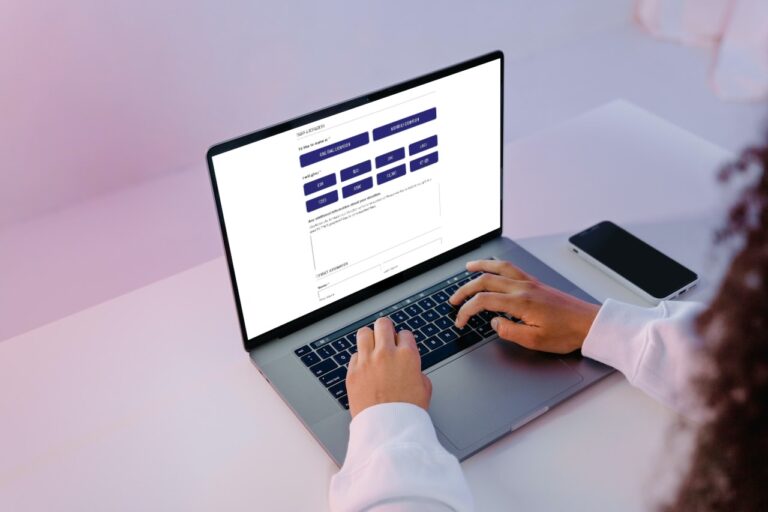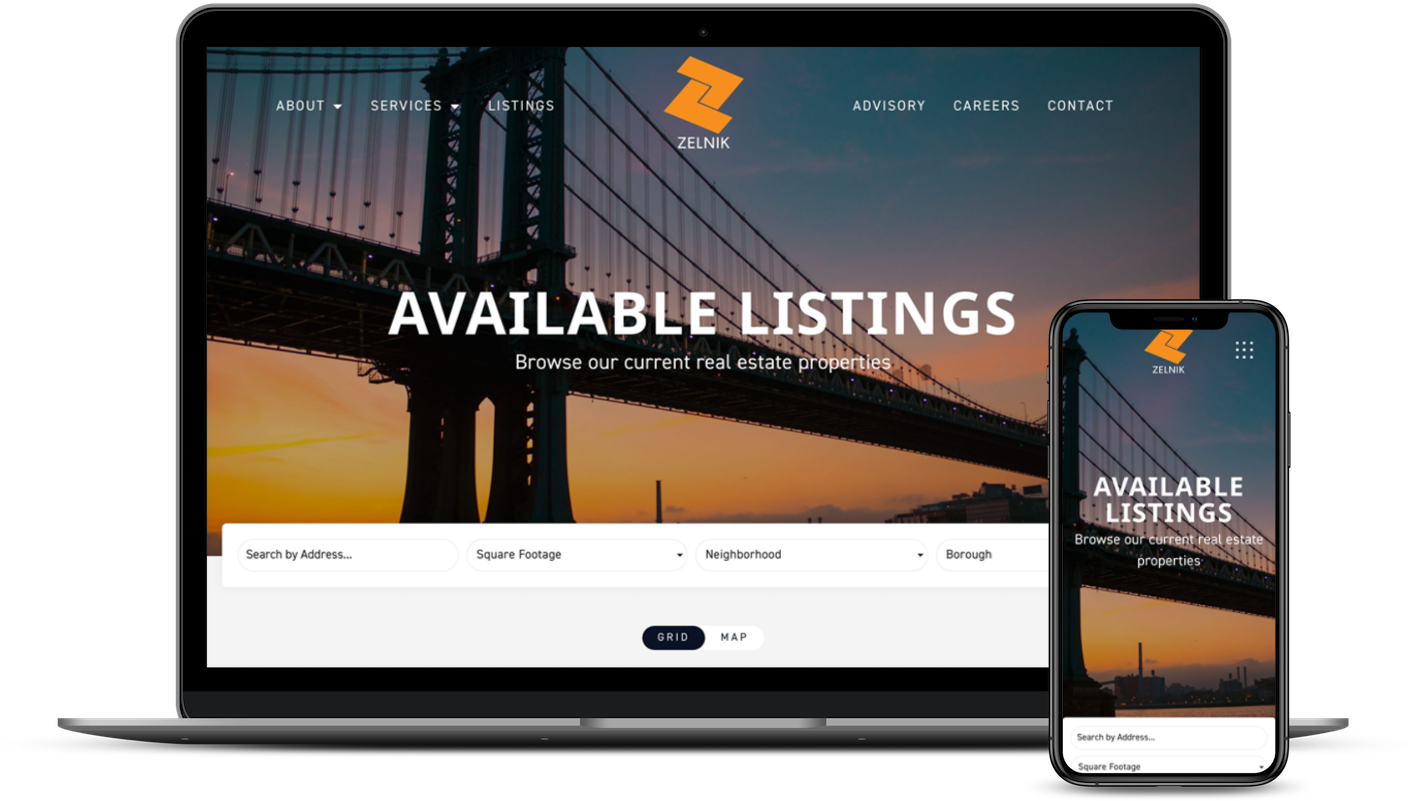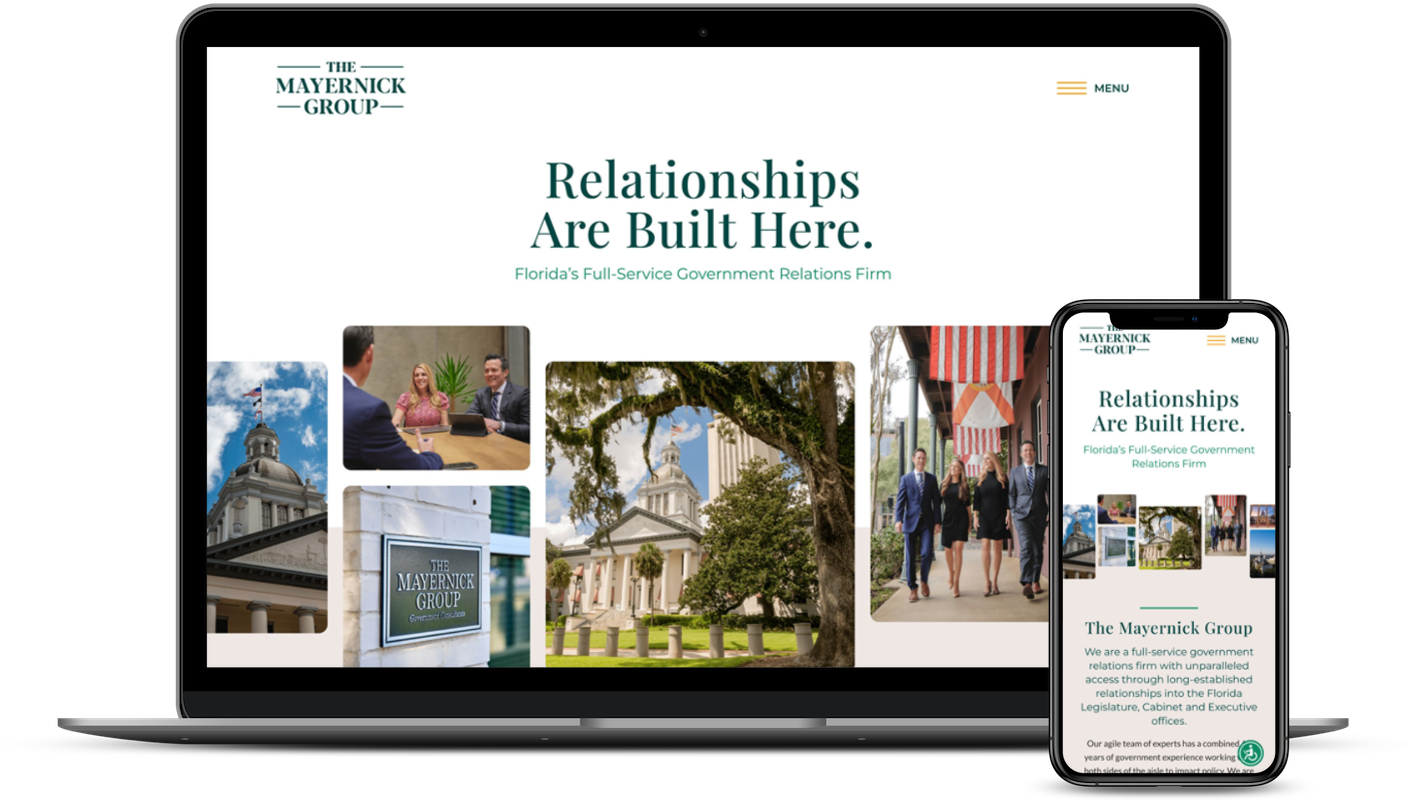As a nonprofit organization, you know that getting your message out to the public is critical to achieving your goals. Fortunately, Google provides a valuable resource that can help your organization get noticed by potential supporters and increase your impact: Google Ad Grants.
With Google Ad Grants, eligible nonprofits can access up to $10,000 per month in free advertising on Google Search. In this comprehensive guide, we’ll show you how to take advantage of this incredible opportunity to promote your organization and its mission.
Step 1.
Eligibility
Before you can start using Google Ad Grants, you’ll need to determine if your organization is eligible. To qualify for the program, you must:
Be a Registered Nonprofit. You must have 501(c)(3) as a nonprofit. Learn more about this here if you are new nonprofit and just getting started.
Hold valid charitable status as determined by your country of operation. The reason for this requirement is to ensure that the grants are being used by organizations that are genuinely committed to making a positive impact in their communities. By holding valid charitable status, nonprofits can demonstrate that they are accountable, transparent, and dedicated to their mission.
Have a functional and well-designed website that provides clear information about your nonprofit’s mission and activities. By meeting this requirement, nonprofits can demonstrate that they are committed to communicating their mission effectively and making it easy for people to get involved with their cause. A well-designed nonprofit website can also help nonprofits maximize the impact of their Google Ad Grants by directing users to relevant pages and providing a seamless user experience.
If you meet these criteria, you can apply for the Google Ad Grants program through the Google for Nonprofits website.
Step 2.
Apply for Google Ads Grant
The application process involves submitting information about your nonprofit’s mission, activities, and website.
Submit your nonprofit’s website to Google for review. To apply for the Google Ads grant for nonprofits, visit the Google Ad Grants website and follow the prompts to register and apply.
Follow the steps below:
-Click “Google Ad Grants” > “Get Started” under “Request a Google for Nonprofits Account.”
-Fill out the assessment by clicking the eligibility form link.
-Click “Activate” to submit your organization’s website for review.
-Apply for the “Classic” (not “Smart Campaigns”) version to access the full suite of tools and options available.
Once the application is submitted, Google will review it and notify the nonprofit of its status within 1-3 weeks or so.
Step 3.
Campaign Setup
Once your approved, it’s time to start creating campaigns. Before you do so, you need to understand what you want to achieve, who you will target and where you will send users after clicking on an ad. Here’s what you do next:
Develop a clear strategy. List your goals in order of priority. What would you like to accomplish by using Google Ads? Some goals may be:
– Improving awareness for a cause
– Getting more volunteers to sign up for an event
– Increasing fundraising or donations
Once you determine what your goals are and the level of priority for each, you can then begin creating a strategy that will guide your Google ads campaign using keyword research, website landing page development and ad copy.
Keyword research. This involves identifying the keywords and phrases that are most relevant to generate the most traffic and conversions for your goals. To conduct keyword research for Google Ads, there are a variety of tools available that can help identify relevant keywords and estimate their search volume and competition.
Google Keyword Planner is free tool that is specifically designed for keyword research for Google Ads. It allows users to enter a keyword or phrase related to their business or product and provides a list of relevant keywords and their search volume, competition, and estimated cost per click (CPC).
We like to use Ahrefs, which offers a more comprehensive suite of features that includes keyword research, competitor analysis, and SEO optimization.
It is also important to consider the user’s intent when selecting keywords. Keywords should be chosen based on the user’s search intent and the specific actions you want the user to take (making a donation, signing up for a newsletter, or filling out a form). This will help to ensure that the ad is reaching the right audience and generating the desired results.
Use effective landing pages. To maximize the potential impact of your ad campaigns, it is essential to ensure that your website is optimized for your target audience. We typically recommend creating a dedicated landing page for each ad campaign, based off of what you want the user to do (what your goal is for that campaign).
Create a few campaigns (but not too many). A campaign in Google Adwords is a set of one or more ad groups (ads, keywords, and bids) that share a budget and location targeting. Each campaign will be for a different goal and in most cases you’ll likely have a different landing page you’ll send traffic to for each.
Track and analyze results. If you’ve set up Tag Manager, you can view and monitor performance inside Google Analytics in real-time. It’s best practice to track analytics and you can do so by installing Google Tag Manager to count important button clicks and keeping call-to-action forms on your website. Including “thank you” pages after form-fills is also a good measure to help track conversions.
By following these best practices, you can create campaigns that are tailored to your organization’s unique needs and goals.
Step 4.
Maintaining Compliance
To maintain compliance with the Google Ads Grant program, nonprofits must actively manage and monitor their ad campaigns each month. This is why a lot of nonprofits utilize ad partnerships with digital agencies to stay on top of this and keep their account intact Here’s what you need to do to maintain your grant:
Ad content must be relevant to your nonprofit’s mission and activities. This one’s pretty simple, but what it means is that the ads must clearly and accurately represent the nonprofit’s goals, services, or products. Ad content must also comply with Google’s policies and not promote prohibited content or violate the company’s terms of service.
Meeting the monthly budget requirement. You must ensure that they are using the full monthly budget that is provided through the grant (up to $10K/month). If you do not meet this requirement for two consecutive months, you risk losing access to the grant.
Maintaining a high click-through rate (CTR). This is where it gets tough. You must maintain a click through rate of at least 5% for their ad campaigns. This requires ongoing monitoring and optimization of ad content, targeting, and other factors that impact CTR and again why it is important to work with a partner to help you manage this.
By staying vigilant and actively managing your ad campaigns each month, you can maintain compliance with the Google Ads Grant program and continue to benefit from this valuable resource for free advertising.
Need help getting started or managing your monthly grant? Let’s talk.
More #nonprofit articles:

Nonprofit Web Design Trends to Watch for 2024
As a nonprofit organization, your nonprofit’s website is often the first point of contact for potential donors, volunteers, and clients. It’s also a critical tool

Best 3 Nonprofit Websites in Tampa: Why They Stand Out
Tampa Bay is home to a variety of nonprofit organizations that work tirelessly to make a positive impact on the community. Many of these organizations

Tips for Increasing Donations with Effective Web Design
Having an online presence is crucial for nonprofits to reach and engage with supporters. However, simply having a website is not enough. Nonprofits need to


